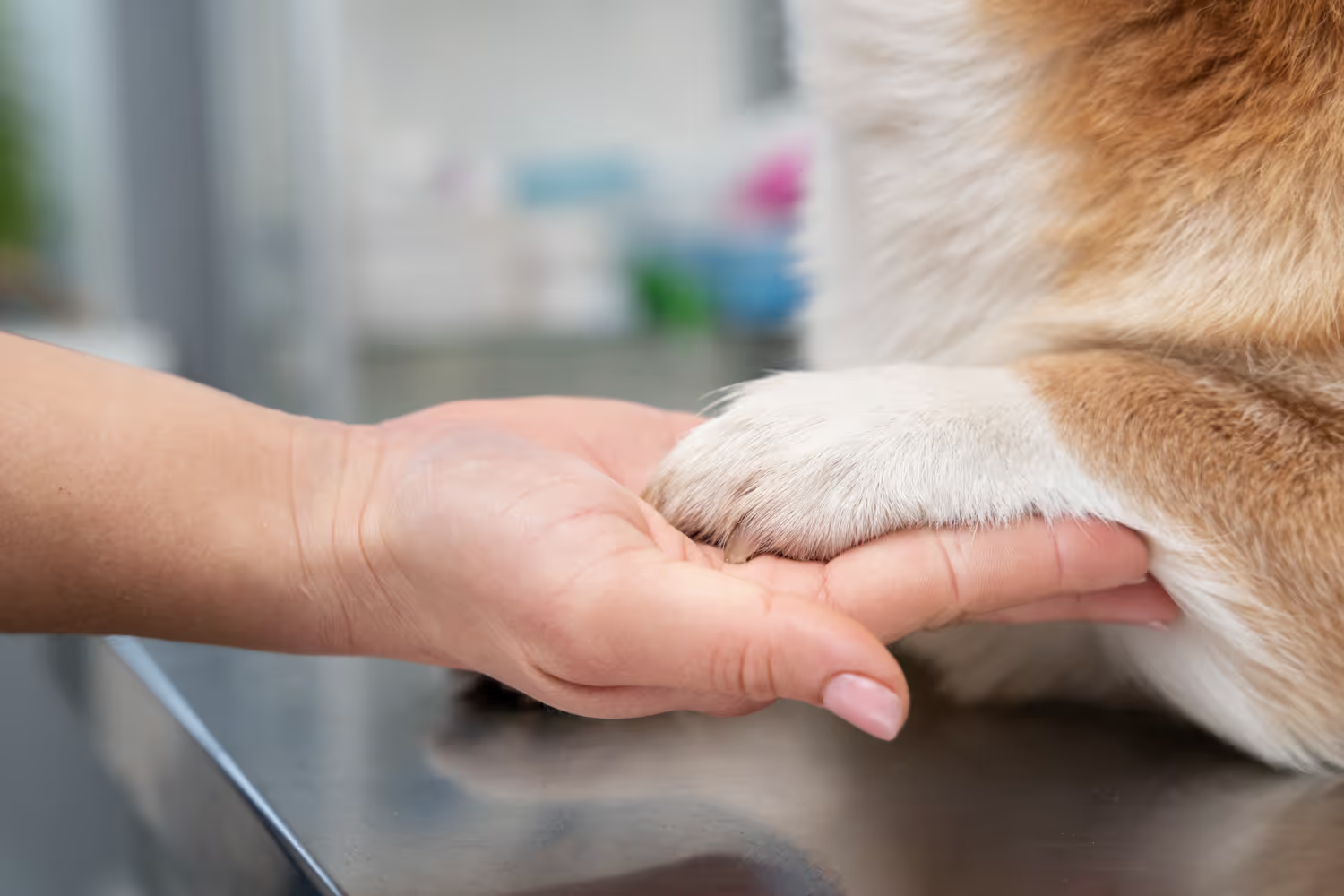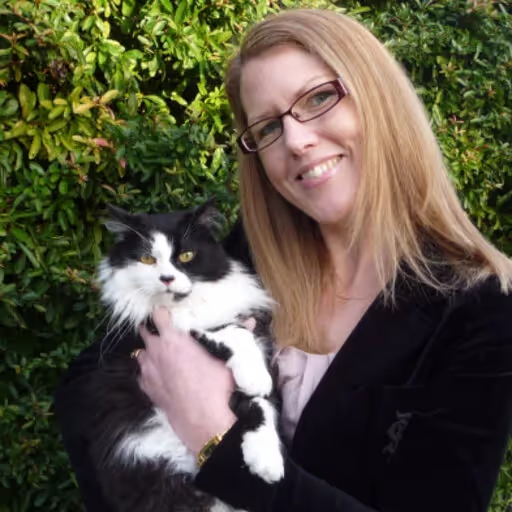Errors and Veterinary Identities
This mini-series explores the connection between veterinary error and identity, examining how error narratives shape who vets become and their feelings about mistakes. It also discusses practical strategies for supporting vets in recovering from difficult experiences, drawing on findings from an empirical study into veterinary identities.


Introduction
In this mini-series, we’ll first explore the link between veterinary error and identities. By learning how error narratives are incorporated into identities, we can better understand how we become the people we are and why we feel the way we do about errors. In the second blog, we will discuss what we can do from a practical perspective to support ourselves and others in recovering from difficult experiences. The findings described herein are taken from an empirical study into veterinary identities.
Veterinary identities
Vets, like other professionals (e.g., academics, doctors, priests, airline pilots), often speak of the centrality of work to their identities, incorporating what they do into who they are, making it hard to separate oneself from one’s work. Identities can be thought of as subjectively constructed through the stories told both in monologue and to others with oneself as the central character. In this context, identities are the meanings individuals attribute to themselves when answering questions such as ‘who am I?’. Identities are never fixed or complete; they are continuously worked on (to a greater or lesser extent) – a process known as ‘identity work’ – as individuals form, strengthen, maintain, repair, and revise who they are through telling and re-telling self-narratives over time.
Identity narratives are not formed spontaneously but are drawn from occupational discourses – the images, descriptions, assumptions, and stereotypes that make up our collective understanding of what makes (for example) a ‘good’ or ‘bad’ vet. To illustrate this point, picture for a moment what you understand to be a ‘good’ vet. Your understanding may correlate with other vets who, when constructing preferred identities, often talk about themselves as competent, hardworking animal lifesavers and fixers who are respected by colleagues and much-loved by clients. In comparison, if you imagine a ‘bad vet’, you might identify with vets who talk of their flawed identities as lazy, incompetent animal harmers and killers who are denounced by colleagues and unappreciated by clients.
The prominence of idealised veterinary images means that vets often believe perfect identities are achievable/achieved by others. Consequently, it can be difficult to navigate experiences that suggest imperfection. Younger vets in particular can struggle with the tension between aspirational ideals of perfection and the impossibility of ‘being’ perfect. As a result, they may experience considerable anxiety and insecurity. Individuals may worry that they are not (and may never be) good enough professionally (or even personally).
Veterinary error
The assumption that making a mistake is synonymous with failure, litigation, and being ‘struck off’ is common to vets and doctors. Despite advances in how veterinary errors are depicted, vets can draw on historic discourses, for example, that good vets don’t make mistakes or that veterinary errors result from personal failings. Veterinary errors can take many forms, including mistaken or missed diagnoses, patient morbidity or mortality, or medication errors. When they occur, vets can experience a multitude of feelings, including fear, self-doubt, inadequacy, vulnerability, distress, guilt, sadness, shame and isolation as colleagues distance themselves from error making others.
Some vets say they externalise blame by utilising defensive identity work strategies to distance from error-making identities, including denying mistakes happen or suggesting inferior vets make mistakes in comparison to their perfect selves. Others draw on discourses of human fallibility and suboptimal circumstances, blame clients and colleagues for mistakes, construct mistakes as recognized complications, or reassure themselves that the animal would have died anyway, or that a worse mistake could have been made.
In contrast, other vets say they maintain flawed identities, particularly following veterinary errors that lead to animal death, and above all, unexpected (anaesthetic) deaths. Some vets state they find it difficult (or impossible) to move on from mistakes, perpetually re-living the incident in their minds, whilst others say they will vividly remember mistakes (including the names of associated animals and clients) for the rest of their lives. Whilst those who employ strategies to distance themselves from mistakes appear better able to move on, those who maintain flawed identities talk of experiencing significant distress and mental ill health, including suicidal ideation.
Even when mistakes have not occurred, some vets describe catastrophising about imagined errors and routinely accessing the practice management system or phoning the duty vet from home due to the fear that a patient’s condition may have worsened (even when procedures have gone well). Some speak of waking up following work-related nightmares or convinced they have done (or not done) something terrible or that an animal they treated during the day has died.
Insecure identities
Because identities are continuously worked on, they are inherently insecure. Consequently, when working on preferred identities, some vets talk disparagingly about others (characterised as ‘lesser’ individuals) to construct stories of themselves as ‘good’ or better vets in comparison. Conversely, when working on flawed identities, vets often compare themselves to others they feel are more competent and worry about what colleagues think of them. This is especially noticeable in environments that people experience as competitive or judgemental. Knowledge of how identity work influences interpersonal interactions can help us understand why some people display challenging behaviours at work and recognize the impact of underlying assumptions, beliefs, attitudes and feelings on workplace culture.
Concluding thoughts
Hopefully, this brief review of veterinary identities has struck a chord with readers. In the second blog, we will explore how we can leverage our understanding of identity work to provide practical tips on supporting vets to manage everyday work occurrences and to repair preferred identities following difficult experiences.
If you want to explore veterinary error and patient safety further, join VetLed's free, monthly online CPD meetings - the Veterinary Patient Safety Forum
VetLed will also return with another Veterinary Patient Safety Summit in 2026 - watch this space for more details!





.png)
